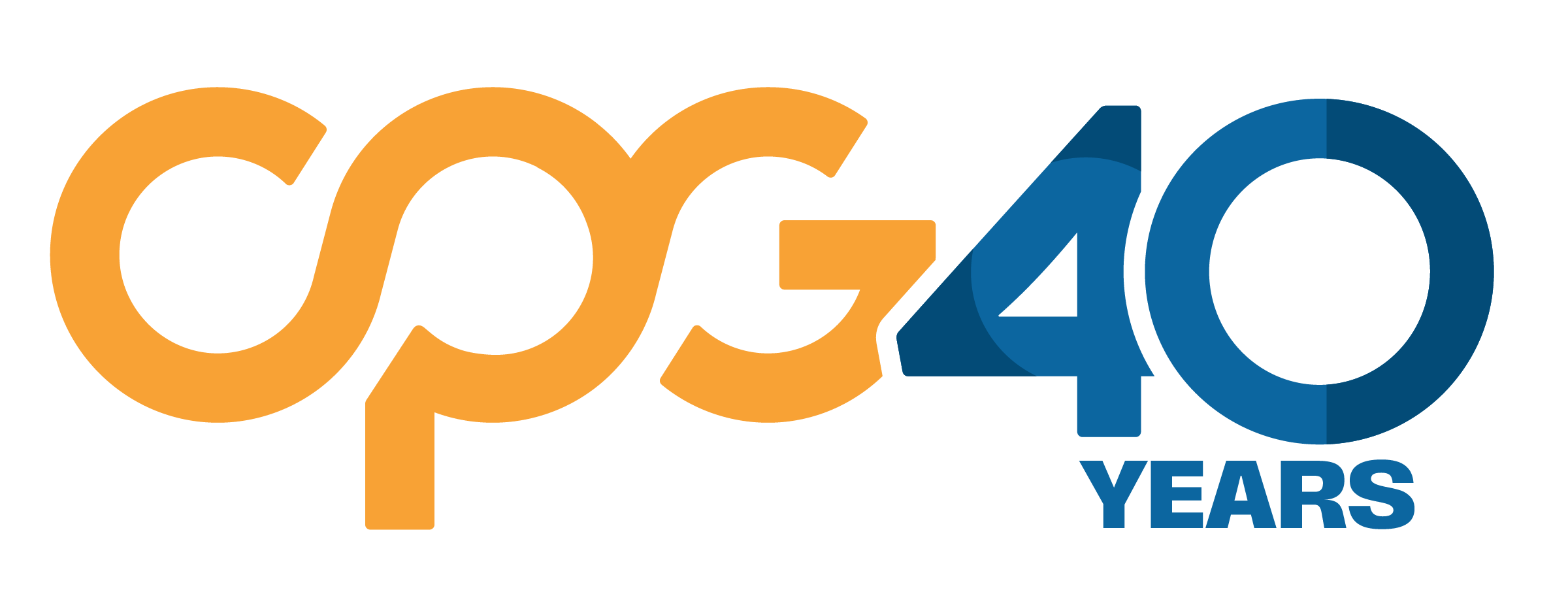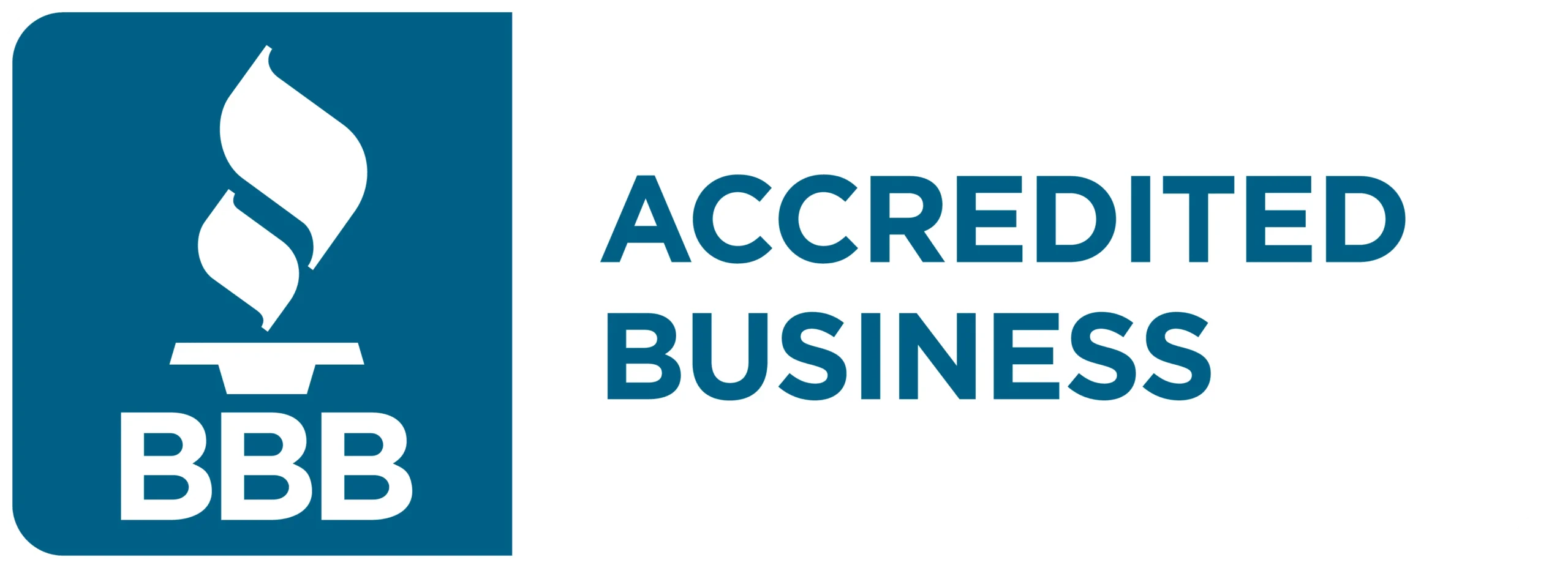How Can a User Conference Planner Maximize Results?
Attendees need to be able to really learn strategies and tactics at your event they can take back to their job. That means a user conference is not a place to cut corners event design and production.
Your event needs to deliver a great experience and some knowledge your users can really use to help them succeed. Here are some ideas to help your user conference generate strong results, in terms of experiential engagement and attendees’ satisfaction with what they take-away in learning value.
Warm Things Up
People will tend not to participate if they don’t know anyone else in a group. So, help them get a little more familiar with each other right away. Some may scoff at ice-breaking exercises, but people need to interact, in order for your event to succeed.
Provide attendees with a shared experience, and they go from being strangers to engaged co-group members. Use icebreaker games at the start, in the middle, and even near the end of your event, to cultivate a sense of community around your brand.
Make Quick Transitions
Leaving people stuck languishing in a crowded conference room for a prolonged period can drain the excitement right out of your audience.
So, have people sign up for the breakout session they plan to attend before the start of the general session, thereby cutting the lag time between the two. That reduces risk of yawning and allows the vibrant energy and sense of engagement to transfer from one session to the next.
Make Sure Things Make Sense
Know what you’re delivering. Don’t risk discovering during one of the presentations that a presenter is not well prepared. That’s a grim disappointment to your attendees, which is not great for your brand or your personal mood or health.
Ensure a quality attendee journey, by confirming that each presenter has a clear objective for their session, an outline of points to cover, and is well practiced at delivering their material.
Use Strategic Seating
Try to avoid making people sit in straight rows, especially tight ones with their knees bumping the chair in front of them. People are less engaged when they’re just facing a speaker. Having everyone facing each other in a circle or half circle is more conducive to interaction and more fun. Make sure seating is as comfortable as possible, to minimize wriggling and eagerness for the session to end prematurely.
Post Teasers About the Presentation Direction
Post, or better, project some intriguing relevant words, phrases, graphics and other images on a wall, to capture participants’ imagination when they walk in. This will help them start thinking about the subject matter and be more readily engaged.
It can also add some perspective for cultivation of deeper insights and spun-off thought processes that can lead to new questions that can inspire participants to want to go deeper, to seek beyond the points covered in the session.
Spur Creativity
Contributing to a discussion is satisfying. So, help users generate some ideas of their own in the sessions. Supply presenters with some riddles or other brain teasers, little interactive games, or other cognitive exercises made for business events, to start things off with a little fun. Just something to stimulate the brain and set an upbeat tone for the session.
Get People Moving.
Find some simple ideas for getting your audience up and moving. Pick people to come up and demonstrate how to do what you’ve just explained. Have them come up and write a question or suggestion on your whiteboard.
Have them get up and shake hands with a few people who aren’t sitting near them, etc.. Or, have them go and say a sentence about a helpful tech solution they learned at some point in their lives. Anything to get them up and engaging.
Give People a Break
Of course you’ve got a lot of information to pack into a limited session time. But, people learn better if they take a bit of a break in sessions longer than an hour or so.
Make sure you give your audience a breather at the halfway mark, and they’ll come back more eager to dive into the rest of the material. This little break can actually be a bonus productivity period, letting people have time to think freely or talk to each other as they stretch their legs and grab some coffee.
Put Out Some Snacks
Hungry people can be irritable. People need snacks. The solution is simple. Lay out some food stuffs, ideally some with a little salt and some in the sweeter direction. This will allow people to focus on what you’re saying and be relaxed and comfortable and more contented, than they can be if they are distracted by cravings or thoughts about dinner.
Get the Circulation Going
In addition to getting people up and moving, as earlier suggested, include some bits of health and wellness activities, if you’re conducting a longer session. Use some simple healthy exercises, like stopping for three quick deep breaths, later stopping for a quick forward trunk stretch, later for a couple of side stretches, head rolls, a hydration moment, and so on.
People will appreciate your concern for their well-being, and they’ll stay energized throughout the session, which means likely greater engagement, satisfaction, and learning retention rates.
Mix in a Little Tech
Use a smart whiteboard for a little on-the-spot research to illustrate a point. Or, have everyone jump on their smart phones and take a little opinion poll via your company’s app, to reveal rates of understanding or beliefs on some point.
Maybe even sprinkle in a few funny short videos, memes, graphics, relevant photos, or other digital media to help bring across points in optimally engaging ways. But, avoid letting tech creep overtake your ability to keep people focused on key points.
Get Everyone Involved
People sitting in the learning seats in a session often believe that their opinions are not significant. Let people know near the start of the session that they will be asked to participate in a brief open discussion at the end of the presentation, and that they are encouraged to note any ideas along the way that they might want to contribute to that dialogue.
This will let them know that their ideas are valued in the session, and it will automatically heighten their attentiveness throughout the session.
Do Something Different
Ultimately, a top priority must be to match the theme of your event to the content of your sessions and tie all of it to your brand. Approach your user conference event design based on what your users have expressed that they most want to learn.
Poll your community. Incorporate an inquiry into your customer support, and your inbound and outbound sales team’s service protocols, and launch a survey across your active customer base asking what people need and want to learn from your company and other experts in the field.
Insist on Fun
Prioritize fun.
Your attendees have dismissed all other good options for ways they could have used the free time they’re spending at your session. That means they clearly deserve to enjoy the experience.
People need to leave your event having learned something and having had some fun. Those are key accomplishments necessary for your event to yield strong measurable results. So, by all means, keep it light, find some ways to make the learning fun.
Pre-Event, On-Site, and Post-Event Strategies
Promote the success of your event by doing the proper event planning and preparation legwork, before during, and after your event, to meet all performance goals you’ve set for your event. For example:
- Engage event registrants at least some weeks prior to the event, to provide opportunities for people to start getting familiar with each other, interacting, asking questions, etc.. This helps build pre-event excitement, to increase your registrations and deliver a more robust engagement experience for attendees.
- Be selective in partnering with sponsors for your event. Make sure that the sponsors you choose have a conception of the event content, dynamics, and goals that aligns with your vision. Communicate transparently with them throughout the process, to ensure mutual success in the event and in building a longer-term relationship.
- Conduct a post-event survey as soon as possible to gather feedback and every bit of other typical measurable data that will allow you to more accurately quantify your results. Ask attendees about everything, how they liked the venue, neighborhood, décor, audio system, graphics displays, theme, food, icebreaker, presentations, discussion sessions, other activities, host, handout materials, everything.
Download Our eBook: 8 Fundamentals of an Internal Communications Strategy
If your people are sending out the “whatever” vibes, it’s time to get back to the basics. Make sure your internal communication strategy is following 8 fundamentals to cultivate an engaged workforce aligned with your company’s success.
For More Advice on Making Your Company’s Holiday Event a Success
Get more great tips on how to bolster the impact of your annual conference or convention or other corporate events. Give your event attendees an experience that will benefits them from for years to come.
Feel free to contact CPG to speak with one of our exceptionally talented corporate event production experts about your vision for your next event.






